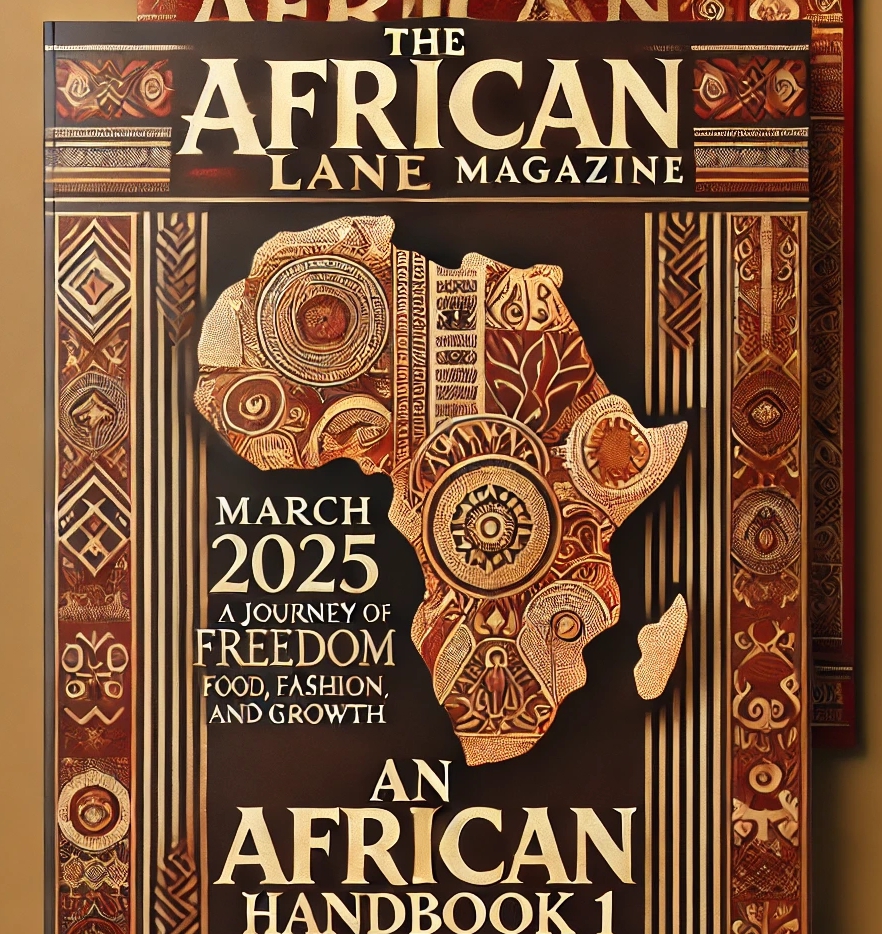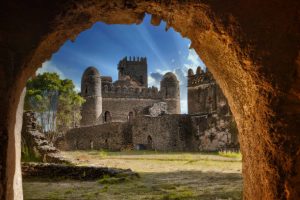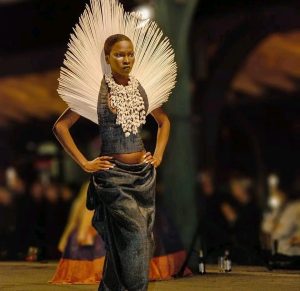South Africa: The Rainbow 🌈 Nation

South Africa, the southernmost country on the African continent, renowned for its varied topography, great natural beauty, and cultural diversity, all of which have made the country a favoured destination for travelers since the legal ending of apartheid (Afrikaans: “apartness,” or racial separation) in 1994.
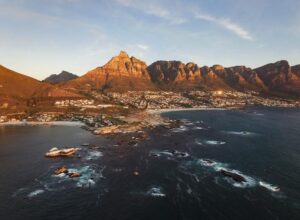
Republic of South Africa
short form: South Africa
former: Union of South Africa.South Africa’s name in native (official) languages:
Afrika Borwa (Pedi, seSotho, Tswana)
Afrika Dzonga (Tsonga)
Afurika Tshipembe (Venda)
Mzantsi Afrika (isiXhosa)
Ningizimu Afrika (siSwati, isiZulu)
Suid-Afrika (Afrikaans)
ISO Country Code: za, zaf
Time:
Local Time = UTC +2h
Actual Time: Fri-July-9 05:01
Country Calling Code: +27

Capital City: Pretoria (administrative)
Bloemfontein (Mangaung) (judicial center)
Mangaung Local Municipality; (the city’s name in seSotho is Mangaung).
Cape Town (legislative center)
Other Cities: Johannesburg, Durban (Thekwini), Nelspruit, Polokwane, Port Elizabeth
Government:
Type: Republic
Independence: 31 May 1910 (from UK); South Africa became a republic in 1961.
Constitution: 1996
Constitution of the Republic of South Africa
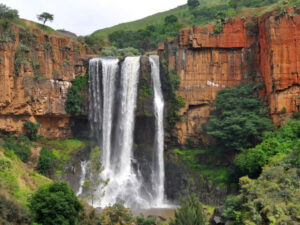
Geography:
Location: Southern Africa, at the southern tip of the African continent.
Area: 1.2 million km² (470,462 sq. mi). Terrain: plateau, savanna, desert, mountains, coastal plains.
Climate: moderate, mostly semiarid; subtropical along east coast; similar to southern California.
People:
Nationality: South African(s).
Population: (2016) 55.9 million; black 78%; white 10%; colored 9%; Asian (Indian) 2.5%; other.
Languages: (11 official languages) Sesotho sa Leboa 9.2%, Sesotho, Setswana, siSwati (Swazi), Tshivenda,
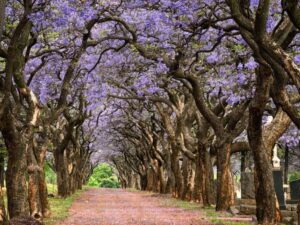
Religions: Predominantly Christian; traditional African believes, Hindu, Muslim, Jewish.Natural resources: South Africa is rich of natural resources: Gold, chromium, antimony, coal, iron ore, manganese, nickel, phosphates, tin, uranium, gem diamonds, platinum, copper, vanadium, salt, natural gas.
Agriculture products: Corn, wheat, sugarcane, fruits, vegetables; beef, poultry, mutton, wool, dairy products.
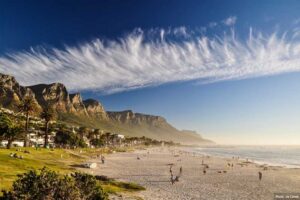
Cape Town has to be one of the most beautiful cities in the world. It is full of history and diversity and the surrounding area is simply breathtaking.
Industries: Mining (world’s largest producer of platinum, gold, chromium), automobile assembly, metalworking, machinery, textile, iron and steel, chemicals, fertilizer, foodstuffs.
Exports – commodities: gold, diamonds, platinum, other metals and minerals, machinery and equipment
Exports – partners: China 11.3%, USA 7.3%, Germany 6%, Namibia 5.2%, Botswana 5.2%, Japan 4.7%, UK 4.3%, India 4.2% (2015)
Imports – commodities: machinery and equipment, chemicals, petroleum products, scientific instruments, foodstuffs.
Imports – partners: China 17.6%, Germany 11.2%, USA 6.7%, Nigeria 5%, India 4.7%, Saudi Arabia 4.1% (2015)
Currency: South African Rand (ZAR)
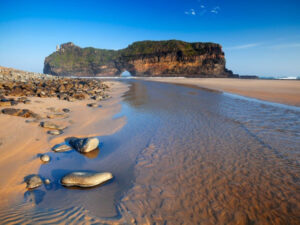
Background:
Often called ‘the rainbow nation’, South Africa is one of the most ethnically diverse countries in Africa. It was inhabited by pastoral Khoekhoe (Khoi), the hunter-gatherer San, the Xhosa, and the Zulu nations and various other indigenous tribes, when Dutch settlers arrived in middle of the 17th century, much to the disadvantage of the Khoekhoe along the southern and western coastal strips.
What followed was an aggressive colonial expansion for centuries mainly of settlers of Dutch, German and French Huguenot origin. In 1795 the British took over the Cape from the Dutch, seven years later the colony was returned to the Dutch government, only to come under British rule again in 1806, this circumstance and the rise to power of the Zulu king Shaka, forcing many of the Dutch settlers (the Boers) to trek north and east to found their own republics.

The discovery of diamonds (1867) and gold (1886) spurred wealth and immigration and intensified the subjugation of the native inhabitants until the end of the 20th century.
The 1990s brought an end to apartheid with South Africa’s transition to democracy and with Nelson Mandela’s inauguration as SA’s first democratically elected President 1994.
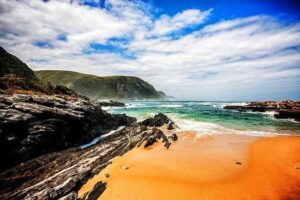
Source: globalgrasshopper.com
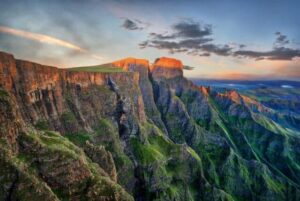
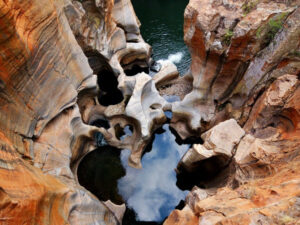
During the 20th century, the black majority sought to claim more rights from the dominant white minority, which played a large role in the country’s recent history and politics. The National Party imposed apartheid in 1948, institutionalising previous racial segregation. After a long and sometimes violent struggle by the African National Congress (ANC) and other anti-apartheid activists both inside and outside the country, the repeal of discriminatory laws began in the mid-1980s. Since 1994, all ethnic and linguistic groups have held political representation in the country’s liberal democracy, which comprises a parliamentary republic and nine provinces.
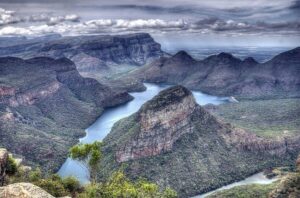

These finds suggest that various hominid species existed in South Africa from about three million years ago, starting with Australopithecus africanus.There followed species including Australopithecus sediba, Homo ergaster, Homo erectus, Homo rhodesiensis, Homo helmei, Homo naledi and modern humans (Homo sapiens). Modern humans have inhabited Southern Africa for at least 170,000 years.
Various researchers have located pebble tools within the Vaal River valley.
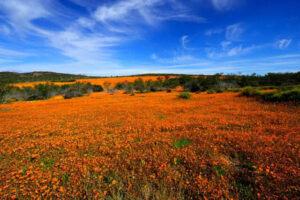
1st Image:.Stellenbosch – a wine and food capital with vineyards
Sources: Wikipedia, Britannica, Nation Online, CnTraverler, globalgrasshopper.com and travelanddestination.com
